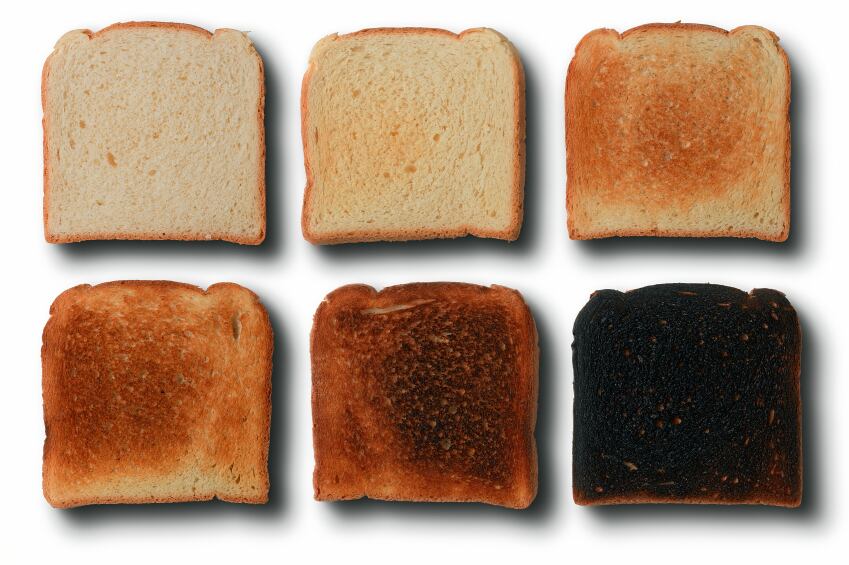Science papers and R&D investments are piling high in the gluten-free arena as the trend continues to balloon across industry but where is the money being pumped into?
There are a number of hurdles to jump when developing gluten-free breads, cakes or snacks but two dominant challenges are achieving good quality and high nutrition.
Both of these often work alongside one another and have therefore been reviewed and researched simultaneously in many cases.
Let the bake-off commence…

